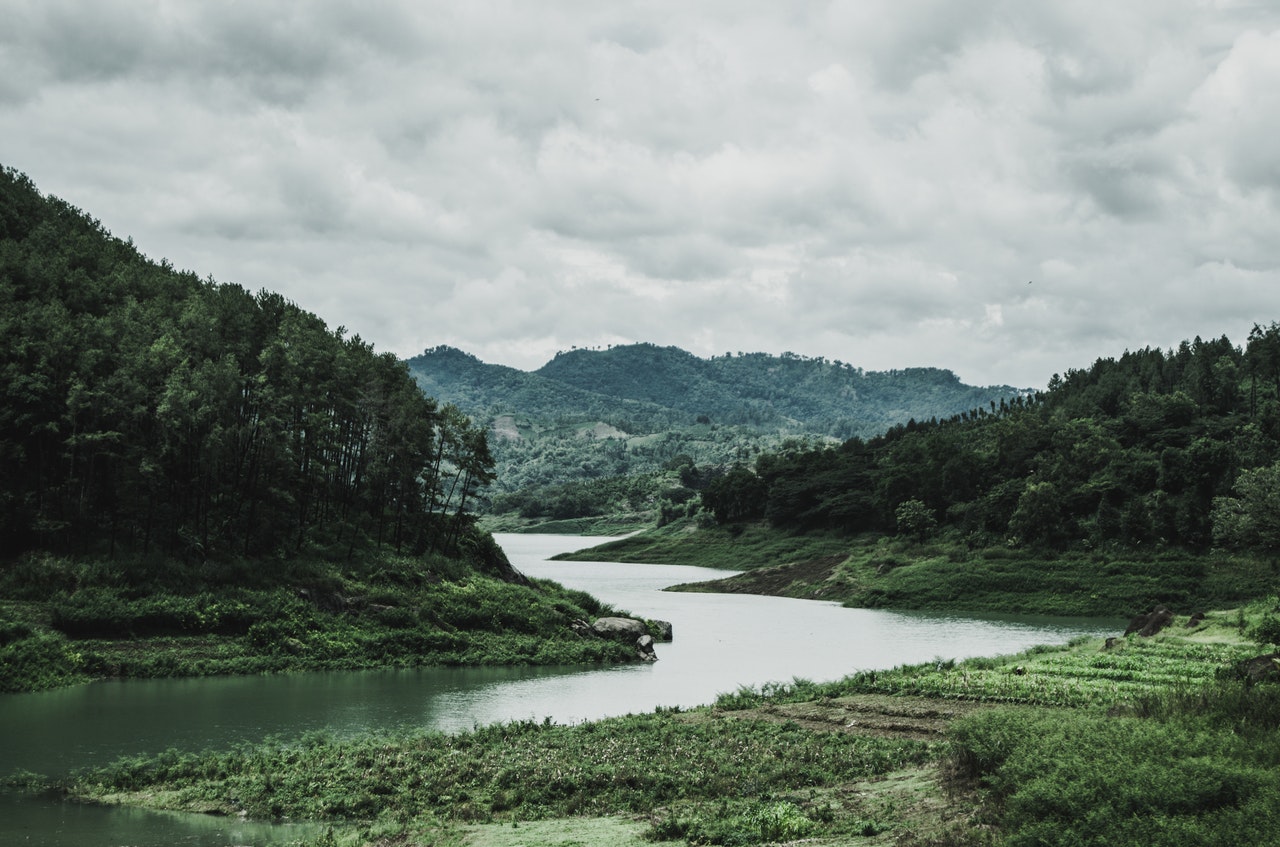Introduction to Adventure Sports

Adventure sports offer an exhilarating escape from the everyday grind, providing a unique blend of thrill and challenge that few other activities can match. They take you out of your comfort zone and into a world where the stakes are high, and the rewards are even higher. Whether you find yourself ascending a rocky cliff, diving into the depths of the ocean, or navigating the rapids of a rushing river, adventure sports push you to test your limits and discover new facets of yourself.
What makes adventure sports particularly appealing is their ability to cater to a wide range of interests and skill levels. From land-based activities like mountain biking and trail running to water-based pursuits such as white-water rafting and scuba diving, there’s something for everyone. Each sport offers its own set of challenges and requires a different skill set, ensuring that you’ll never run out of new experiences to try.
One of the most significant benefits of engaging in adventure sports is the profound sense of accomplishment that comes with overcoming obstacles. Whether it’s reaching the summit of a difficult climb or successfully navigating a tricky stretch of rapids, these experiences leave you with lasting memories and a sense of pride that transcends the activity itself. The physical demands of adventure sports also offer substantial health benefits, including improved cardiovascular fitness, muscle strength, and mental resilience.
The social aspect of adventure sports should not be overlooked. Many of these activities are best enjoyed with friends or in groups, fostering a sense of camaraderie and mutual support. The shared experiences and challenges can lead to deep and lasting bonds, making your adventures even more meaningful.
Engaging in adventure sports also provides a unique opportunity to connect with nature. Whether you’re scaling a mountain, surfing a wave, or exploring an underwater reef, you’ll find yourself in awe of the natural world’s beauty and power. This connection can foster a greater appreciation for the environment and a commitment to preserving it for future generations.
To get started with adventure sports, it’s essential to do some research and preparation. Each sport has its own set of requirements, from specific gear to training and safety measures. Understanding these aspects will help ensure that your adventures are not only thrilling but also safe and enjoyable. Many communities have local clubs or organizations dedicated to various adventure sports, offering resources, training, and opportunities to connect with like-minded individuals.
Adventure sports are more than just a way to get your adrenaline pumping; they are a pathway to personal growth, new experiences, and unforgettable memories. So take the plunge, gear up, and get ready to explore the exciting world of adventure sports.
Popular Types of Adventure Sports
Rock climbing is a popular adventure sport that combines physical strength with mental focus. It helps build muscle, improve balance, and enhance problem-solving skills. Each climb is a puzzle, requiring climbers to navigate routes and make strategic decisions. Whether scaling indoor walls or outdoor cliffs, rock climbing offers a unique sense of accomplishment.
Skydiving provides the ultimate thrill for those seeking the sensation of freefall. Jumping from a plane at thousands of feet in the air delivers an unmatched rush. As you soar through the sky, there’s a moment of pure freedom that’s both exhilarating and transformative. Skydiving is about embracing fear and feeling truly alive. Whether tandem jumping or solo, the experience is unforgettable and often leads to a newfound appreciation for life.
White-water rafting offers an adrenaline-pumping adventure on roaring rivers. Navigating through rapids with a team requires coordination, strength, and quick reflexes. The powerful surge of water and the unpredictable nature of the river make each rafting trip an exhilarating challenge. The combination of teamwork and natural beauty makes white-water rafting a favorite among adventure seekers.
Mountain biking takes you off the beaten path and into rugged terrain. It demands not only physical endurance but also technical skills to maneuver through challenging trails. From steep descents to rocky paths, mountain biking offers a thrilling ride that tests your limits. The sport also allows you to explore remote and scenic locations, adding an extra layer of excitement to each ride.

Scuba diving opens up an entirely different world beneath the water’s surface. Exploring vibrant coral reefs, swimming alongside marine life, and discovering underwater caves provide an unmatched sense of wonder. Scuba diving requires specialized training and equipment, but the rewards are well worth the effort. The serene underwater environment offers a peaceful escape and a unique perspective on the natural world.
Paragliding gives you the sensation of soaring like a bird, offering panoramic views from high above. Launching from a hillside or cliff and gliding through the air provides an unmatched sense of freedom. Paragliding combines the thrill of flight with the tranquility of floating through the sky, making it a favorite among those who crave both excitement and serenity.
Bungee jumping challenges you to take a literal leap of faith. Plummeting from a high platform with only a bungee cord to catch you is an intense experience. The initial fall is heart-stopping, but the rebound and subsequent bouncing create a unique mix of terror and joy. Bungee jumping is a test of courage that leaves a lasting impression.
These adventure sports offer diverse ways to challenge yourself and experience the thrill of the unknown.
Essential Gear and Safety Tips
For any adventure sport, equipping yourself with the right gear is crucial to ensuring both safety and performance. Each sport has its unique requirements, so understanding what you need can make a significant difference in your overall experience.
In rock climbing, harnesses, climbing shoes, carabiners, and ropes are fundamental. A harness should fit comfortably yet securely, providing the support you need. Climbing shoes must offer excellent grip and fit snugly to your feet, allowing for precision in footholds. Carabiners and ropes should be certified for safety and regularly inspected for wear and tear.
Skydivers require a parachute, altimeter, helmet, and goggles. The parachute must be meticulously packed and inspected before each jump. An altimeter helps you track your altitude, essential for knowing when to deploy your parachute. Helmets and goggles protect your head and eyes from the high-speed wind during freefall.
White-water rafters need a personal flotation device (PFD), helmet, paddle, and appropriate clothing. The PFD should be Coast Guard-approved and fit snugly to provide buoyancy. A helmet is necessary to protect against impacts with rocks or other obstacles. Paddles should be the right size and weight for effective maneuvering. Wear quick-drying clothing to stay comfortable even when wet.
Mountain biking demands a sturdy bike, helmet, gloves, and appropriate footwear. Your bike should be suitable for off-road terrain, with robust tires and suspension. A helmet is non-negotiable for protecting your head during falls. Gloves offer better grip and protect your hands, while specialized biking shoes can enhance your pedal efficiency.
Scuba divers need a wetsuit, mask, snorkel, fins, and a diving tank. A well-fitted wetsuit provides thermal protection in cold waters. Masks should create a watertight seal around your face for clear vision underwater. Snorkels and fins aid in efficient movement, while the diving tank supplies your air.
Safety precautions extend beyond gear; understanding and practicing proper techniques is equally important. For rock climbing, mastering knot tying and belaying techniques can prevent accidents. Skydivers should perform thorough pre-jump checks and adhere to instructions from certified instructors. White-water rafters must learn how to paddle effectively and react to various river conditions. Mountain bikers should familiarize themselves with trail etiquette and techniques for handling rough terrain. Scuba divers need to understand underwater communication signals and how to manage their air supply.
Regularly inspect your gear for any signs of wear and replace items as necessary. Always stay updated with the latest safety guidelines and training.
Planning Your Adventure Sports Trip
Selecting the right destination plays a crucial role in making your adventure sports trip a success. Begin by researching locations renowned for their particular sports offerings. For rock climbing, consider iconic spots like Yosemite or Red River Gorge. If you’re interested in skydiving, seek out destinations with reputable drop zones and seasoned instructors. The perfect location can elevate your experience and ensure you get the most out of your trip.
Next, focus on the physical and mental preparation needed for your chosen activity. Each adventure sport demands different levels of fitness and mental readiness. For example, rock climbing requires significant upper body strength and endurance, so incorporating specific exercises into your routine can be beneficial. Skydiving, on the other hand, may necessitate getting comfortable with heights and high speeds, which can be achieved through gradual exposure and practice jumps.
Mental preparation is equally important. Techniques such as visualization and controlled breathing can help build confidence and manage stress. Visualizing your climb or jump can make the actual event feel more familiar and less intimidating. Relaxation techniques can be especially useful in high-pressure situations, helping you stay calm and focused.
Logistics are another vital aspect of planning your trip. Make sure to book accommodations and transportation well in advance, especially if you’re traveling to a popular destination. If your adventure requires permits or reservations, such as for camping or specific activities, secure these early to avoid any last-minute complications.
Packing is another key element. Ensure you have all the necessary gear for your activity, as well as appropriate clothing for the climate and conditions of your destination. Double-check that your equipment is in good condition and meets safety standards. It’s also wise to bring extra essentials like first aid kits, maps, and communication devices.
Connecting with local clubs or organizations can enhance your experience. These groups often provide valuable resources, including maps, guides, and insider tips on the best spots and times to engage in your chosen sport. They can also introduce you to fellow adventurers, adding a social element to your trip.
Lastly, familiarize yourself with the local rules and regulations related to your activity. Understanding and respecting these guidelines helps ensure a smooth and enjoyable experience. Local laws may dictate where you can and cannot engage in certain activities, so being informed can prevent any legal issues.
By paying attention to these details, you’ll be well-prepared to fully immerse yourself in the exhilarating world of adventure sports.

Environmental Impact and Responsibility
Adventure sports enthusiasts have a responsibility to minimize their environmental impact. Be mindful of your surroundings and adhere to Leave No Trace principles. Avoid damaging natural habitats and pack out all trash. When climbing, use established paths and avoid altering the natural landscape.
Support sustainable practices by choosing companies and locations that prioritize environmental conservation. Many outdoor organizations are dedicated to preserving nature while promoting adventure sports. By supporting these efforts, you contribute to the long-term health of the environments you enjoy. Being a responsible adventurer ensures that future generations can also experience the wonders of adventure sports.
By following this guide, you’re well on your way to safely enjoying the thrilling world of adventure sports while respecting the planet. Whether you’re scaling new heights or freefalling through the sky, adventure awaits.



